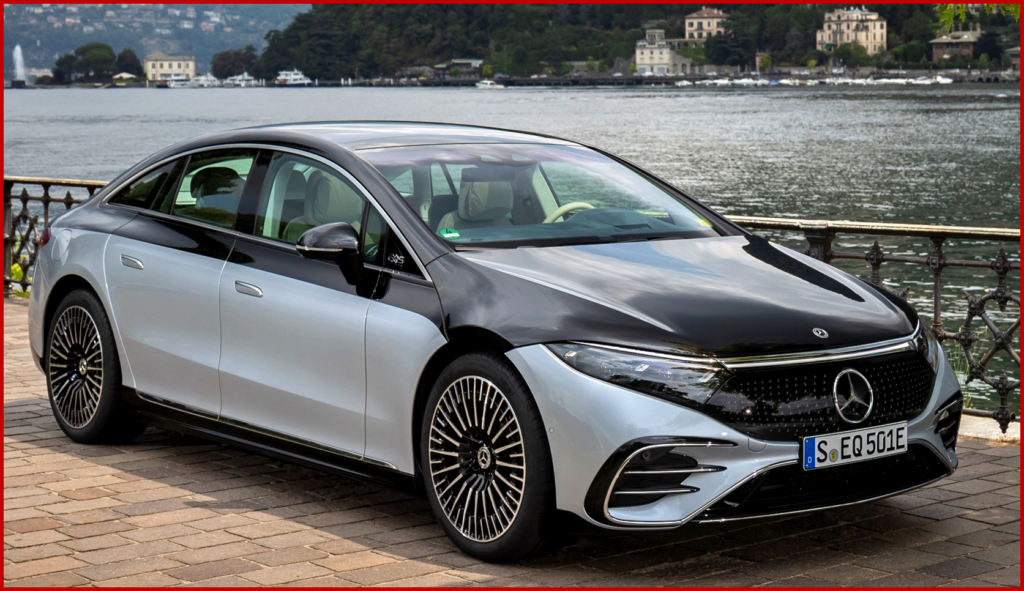
By 2030, the subsidiary of Daimler – belatedly? – wants more than half the cars it sells to have electric drive systems – including all-electric vehicles and plug-in hybrids, areas it has been slow to embrace.
Mercedes-Benz and Luminar Technologies today announced a partnership to accelerate development of future automated driving technologies for passenger cars through the use of Lidar. This is optical sensing used to determine the position, velocity, or other characteristics of distant objects by analysis of pulsed laser light reflected from their surfaces. It’s radar with light beams instead of radio waves. The goal is to industrialize and integrate Lidar into upcoming mass-production Mercedes-Benz vehicles. “By shortening development cycles and strengthening technology partnerships Mercedes-Benz seeks to ensure that its vehicles have the most up-to-date technologies,” the German automaker said. (Read AutoInformed on First Look: Mercedes EQS All-Electric Sedan)
With the so-called “DRIVE PILOT,” Mercedes-Benz will offer conditionally automated driving at SAE Level 3 where a driver does not need to monitor the driving situations constantly but must take back control when the system requests.) In December 2021 Mercedes-Benz was the first automotive manufacturer globally to secure an internationally valid system approval for conditionally automated driving (SAE Level 3) – marking a milestone in automotive development. The company’s DRIVE PILOT automated driving system will enter series production in the S-Class and EQS this year. (Read AutoInformed on Stellantis on SAE Level 3 Public Road Autonomous Driving; Dangerous Marketing Tower of Babble: The Actual Meaning and Real Performance of Driver Assist and Autonomous Vehicles)
Advanced Driving Assistance Systems can make a driver’s life easier in many day-to-day situations. What they do to others on the road is problematic. Sophisticated systems provide appropriate assistance for cruise control, distance control, steering, and changing lanes. However, they are not without problems. Back in October 2021, The National Transportation Safety Board has issued an investigative update into the April 17 fatal crash of a Tesla in Spring, Texas. The Tesla Model S P100D car was westbound on Hammock Dunes Place when it left the road, drove over a curb, and hit a drainage culvert, a raised maintenance hole and a tree. A post-crash fire destroyed the car. (NTSB – Fatal Texas Tesla Crash Shows Seats Were Occupied)
Contrary to some sensationalist media reports, a driver and one passenger occupied the Tesla, both of whom died in the crash. Damage to steering wheel pictured was due to an impact as the Tesla reached a speed of 67 mph during the 5 seconds leading up to impact. (Tesla Model 3 – Europe’s Second Best-Selling Car in June 21. Low Emission Cars at Record Share. Makers Lagging Buyers; US Battery Electric Vehicle Market – Progress or Proliferation? Tesla has a 75% Share. Is the Nissan Leaf a Best Buy?; NHTSA on Tesla Again for Bogus Safety Claims) The crash is still under investigation. Information in the update is preliminary and will be supplemented or corrected during the course of the investigation the NTSB said.


Pingback: Mercedes EQS Sedan Valet Parks Itself in Los Angeles | AutoInformed